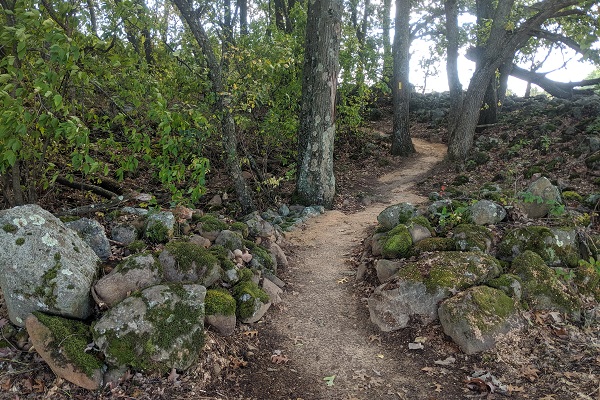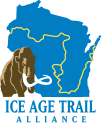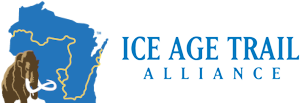
The weather is perfect: sunshine, a light breeze, blue sky. It’s ideal hiking conditions. However, our nation is in the midst of a COVID-19 pandemic. What’s a responsible hiker and Ice Age Trail enthusiast to do?
Help Flatten the Curve:
- Stay Local. Limit travel to within your community (or county). If you do not live near an Ice Age Trail segment, please enjoy your local county or city parks, or your own back yard.
- Let Go. Set aside your Thousand-Miler goal, whether it was to section-hike segments, or to begin a long-distance, multi-day thru-hike.
Hike Responsibly, if You Choose to Hike:
- Park Status. As of 5/01/2020, 34 of the 40 state parks, forests, and natural areas, previously closed, have now been reopened. Reopening does NOT extend to restrooms, campsites, towers, shelters, playgrounds, nature centers, headquarters, contact stations, and concession buildings. These facilities remain closed until May 26, 2020. Also, several popular state properties have Safety Capacity Limitations in effect. See list.
- Do Research. Use the online Hiker Resource Map to locate a new-to-you and less frequented Ice Age Trail segment for your outing (however, please consider limiting your range of travel). You can also use the Ice Age Trail Guidebook or Atlas. You may purchase new editions here (a downloadable PDF version is sent via email immediately).
- Plan Carefully. Avoid busy trailheads and parking lots. Have several options in mind, plan B, C, or even D!. If the parking lot is full when you arrive, consider hiking another segment instead, or reschedule your visit.
- Yellow Blazes. Stay on the Ice Age Trail. In numerous instances, the Trail crosses private land. Taking a trail that is not yellow-blazed could lead to trespassing and jeopardize our relationships with private land owners.
- Connecting Routes. These days, less vehicular traffic, mud, or people, make these portions of the Ice Age Trail an attractive hike option. Consider hiking these smaller, less crowded roads.
- Act Smart. Avoid busy Trailheads. Pack out your own trash. Do not litter. Pack your own food and water so you don’t need to stop along the way and spread or contract the virus through contact with others.
Hike Safely, if You Choose to Hike:
- Limit your hiking or running partners. No new hiking/running partners. Do not hike in any groups other than members of your household. Shrinking your circle of interactions will help prevent the spread of COVID-19. Also, do not carpool with friends or family who are not members of your household.
- Be Safe. Wear a mask. Stay 6 feet away from others. Do not congregate at trailheads. Let others know before you pass them.
- Hike Early/ Hike Late. Due to the congestion on Ice Age Trail segments in populated areas, hike at off-peak times. On weekends, peak times are 10:00 am to 3:00 pm
- Runners = Extra Space. Runners should give other runners and hikers more space. You are inhaling and exhaling more deeply and therefore more susceptible to absorption and transmission of the virus. Don’t do the “runner nose blow.” It’s a great way to spread the virus.
- Stay Home. If you’re not feeling well, or have a compromised immune system, you’re safer at home.
How Can I Stay Upbeat During This Tough Time?
We know it’s tricky to feel happy during these uncertain times, so we’ve pulled together these resources for you to use in whatever outdoor space you have available to you right now, especially if you decide not to travel very far.




